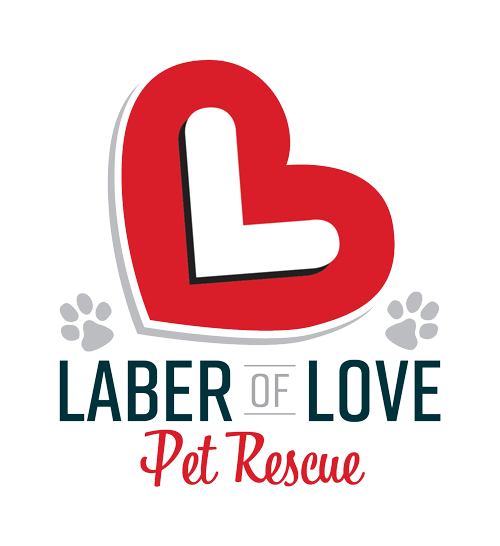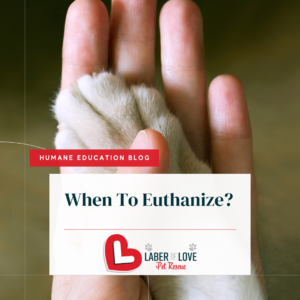
What Is Librela
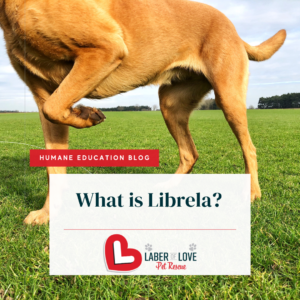
The Importance Of Dental Health
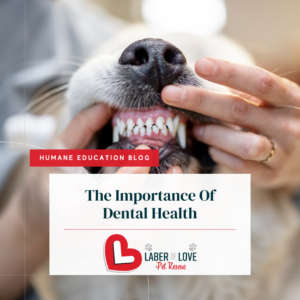
What Is Cushing’s Disease?
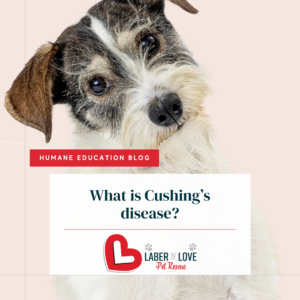
Cushing’s disease, while rare in people, is very common in dogs. Overall, it’s usually around 600,000 cases a year, and with a disease that can be hard to diagnose, the numbers could be even higher. Despite your species, however, Cushing’s disease is an overproduction of cortisol by the adrenal glands (above the kidneys). Cortisol, or the stress hormone, plays a vital role in regulating immune systems, energy, liver function, and multiple other organ functions. However, when the body produces cortisol in excessive amounts for a long period, it can damage the body drastically.
Most of the time, the disease is a result of tumors on glands that either end up releasing too much cortisol, or overproducing ACTH that then tells the adrenal glands to over-make more cortisol. Another possible reason could be from steroid medication.
Generally, once diagnosed, Cushing’s disease does not get treatment. Cushing’s is likely fatal, but surgery to remove the tumor or radiation therapy has seen significant success.
To help catch signs early, make sure you pay close attention to your pet’s behavior. Generally, most owners can tell when their pet is acting different, or has a different physical appearance, but hone in on these things:
-
Increase in thirst and appetite
-
Increase in urination
-
Increase in panting
-
Reduced physical activity like playing, running, etc.
-
A potbelly, and different skin issues
These issues are not all necessary for a diagnosis, they’re just the general reports of pets who have Cushing’s disease. If your dog or cat starts to have symptoms similar to these, make sure to monitor their behavior to see if they may have more than one, and bring them to a vet for an evaluation.
https://sashvets.com/diseases/canine-cushings-disease/
https://vcahospitals.com/know-your-pet/cushings-disease-in-dogs
Clara Brown, Junior Board Member
Bonded Pairs (Losing One)

Helping Our Pets Through The Holidays

Mammary Cancer

Feline Leukemia

Kids And Pet Responsibility

When having pets with a family, it’s important to teach your children responsibility and how to respect animals. As someone who grew up, and is still growing up with animals, I learned quickly that not all animals will put up with being treated roughly. Both dogs and cats alike will let you know if something is bugging them by leaving, running away and hiding, or nipping and scratching. Although this will eventually teach your child how to be respectful of your animal’s space, it’s still a good idea to teach your child how to be mindful of your pet.
Whenever you get a pet, it’s a good idea to teach your child that pets are not toys. Like people, they eat, sleep, and need exercise. The best way to teach a child this is by involving them in feeding, walking, and training of your pet. Involving kids in the process of caretaking helps casually teach them the basics of walking and feeding your pet. It is not a good idea to get a pet for your child and leave them to take care of a pet unsupervised. As your kid gets older, you can start to
give them jobs related to the pet, like walking your dog, or changing your cat’s litter, or feeding your animals.
When it comes to respecting an animal, most pets will let you know when they’ve had enough, but you still want to monitor your kids with pets. You don’t want your child to tug on your pet too hard and risk your kid getting nipped or scratched, or hurting your pet. You most likely wouldn’t let your child pull and tug on another kid’s arms or hair, so don’t let them do that to your animal, either. It’s okay to pet and play, and as you continue taking care of your pet, you’ll begin to bond with them and get an understanding of their boundaries and what they like and dislike, but you still need to be aware of general respectfulness of your animal and their space. Hitting, constant tricking, or neglecting your animal is bad pet ownership.
If your child is old enough, it’s a good idea to teach them a general understanding of space and what their responsibilities should be with your pet. Knowing how to take care of a living animal is a great skill for your child to have. Owning a pet is a great way to teach kids empathy and appreciation for life in general. (But this is not just a learning experience for your child, it is also the life of an animal so you MUST keep that in mind when taking on a pet.)
Overall, growing up with a pet is an invaluable experience for your entire family if done responsibly. Remember to be mindful of the commitment of getting a pet for your entire family during the adoption process. Again: this is a living thing, treat them like one.
For more information on the relationships between children and pets you can visit these websites:
https://www.aprilaire.com/blog/responsible-pet-ownership-teaching-kids-dos-donts/
https://texashumanenetwork.org/teaching-kids-to-be-nice-to-animals/
Clara Brown, Junior Board Member
How To Care For A Blind Dog

